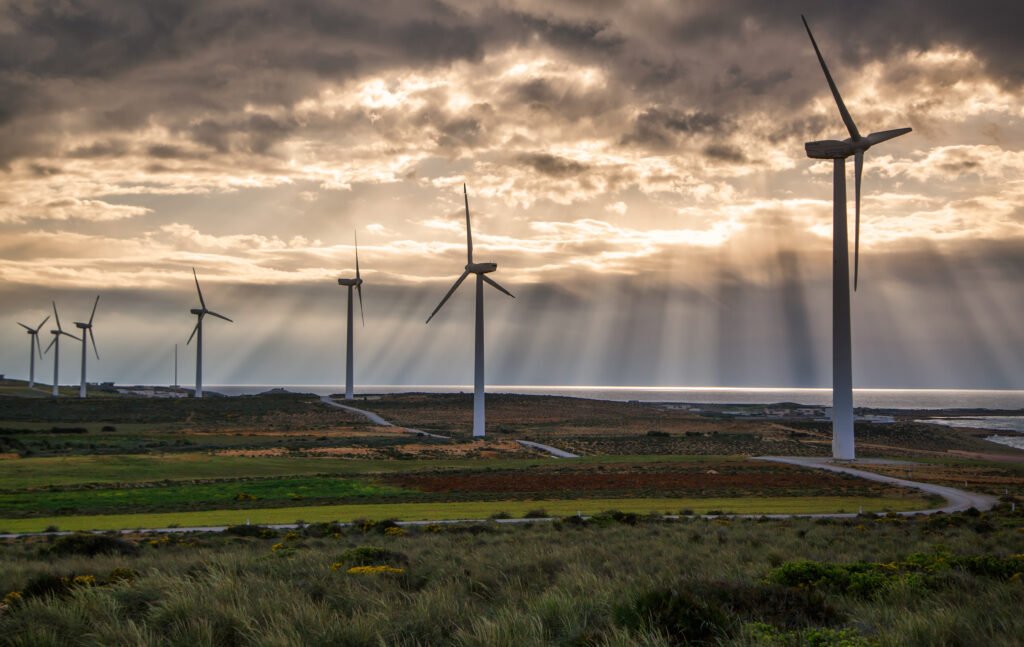When people talk about energy resources and production in the Middle East-North Africa region, they tend to focus on some of the usual players like Saudi Arabia, Algeria, Libya, and Egypt. However, with new development in a major onshore natural gas field, two significant shale formations, a history of oil and natural gas production off its coast, and new initiatives to help spur renewable energy projects and energy efficiency improvements, Tunisia should not be overlooked.
Home to ~425 million barrels of oil reserves and ~70 billion cubic meters of natural gas reserves, Tunisia’s prospects for greater energy independence have not always seemed bright. For example, while oil production once reached ~120,000 barrels/day in the mid-1980’s, despite reforms including a 1999 law allowing exploration and production through a production sharing agreement or joint venture with the Tunisian national oil company, by February 2020 oil production had fallen to 37,000 barrels/day.[1] Additionally, although Tunisia generates almost all of its electricity from natural gas, most of the gas has traditionally been imported by pipeline from its neighboring country Algeria.[2]
However, as demonstrated by recent events and Tunisia’s strategic resources and location, significant opportunities exist to elevate the country’s role as an energy leader in the region, including though investments by U.S. companies.
In March 2020, the Nawara gas field in the southern governorate of Tataouine came online. This one field alone could increase the country’s natural gas output by 50%, while reducing the energy deficit by 20% and the trade deficit by 7%. The $1.2 billion project is also expected to produce 7,000 barrels/day of crude oil and 3,200 barrels/day of condensate.[3]
Additionally, Tunisia’s onshore shale formations present major potential for energy development in Tunisia. Tunisia has two significant shale formations located in the southern part of the country in the Ghadames and Berkine basins that are estimated to hold 23 trillion cubic feet of technically recoverable shale gas resources and 1.5 billion barrels of technically recoverable shale oil resources.[4] The Ghadames basin is located in far southern Tunisia and extends into Algerian and Libyan territories. The Berkine basin is in far western Tunisia and across the border in Algeria. The basins create opportunities for Tunisia to grow its energy production through regional cooperation and connecting activities to existing operations.
Tunisia also has a history of offshore oil and gas production, and while interest has waned given current oil prices and lower demand, the recent spike in offshore activity associated with projects in the Eastern Mediterranean off the coasts of Egypt, Israel, and Cyprus could fuel renewed attention on this opportunity.
Notably, Tunisia is also pursuing policies to promote renewable energy and energy efficiency. In addition to strong solar energy potential, the country has great wind potential in the northern and northeastern parts of the country along the coast where much of the population resides, as well as in the central and southern regions.[5] The country also is in the midst of implementation of its Tunisian Solar Plan 2030, which seeks to increase the share of renewables in the electricity generation mix from 3% to 30%, as well as its National Energy Conservation Action Plan.
As one global energy expert has stated, Tunisia’s fossil energy resources are not lacking, rather they are largely unexplored. To achieve greater energy independence, however, Tunisia needs to attract more foreign investment, especially from the United States. While the energy, job, and economic benefits of increased American investment for Tunisia are clear, the case for investment in Tunisia from the U.S. perspective is equally compelling. The United States has the best technology and capabilities for offshore oil and gas development, shale oil and gas development, and wind and solar energy development, and Tunisia is a perfect spot for the development of all three, with its proximity to Europe and an existing pipeline infrastructure further bolstering the case for investment.

Tunisia’s status as a democratic and secular nation with a relatively stable government, strong institutions, a comparatively more transparent and less corrupt business environment, and a fair and stable legal system make it all the more compelling. However, the situation remains tenuous, and more can and must be done to ensure Tunisia’s long-term stability and attractiveness as a destination for investment. Specifically, continued and enhanced efforts by the U.S. government to address Tunisia’s fragility and promote free market-principles within the country would provide investors with confidence that Tunisia is a stable place to do business well into the future and promote American-based partnerships.
In sum, to attract additional investment in Tunisia’s energy resources, in tandem with U.S. government efforts, the country should aggressively seek U.S. developers and investors, who have an opportunity to help create a thriving energy industry in Tunisia with ready access to other nearby markets while helping Tunisia grow its economy and manufacturing sector and cement its status as stable, democratic, capitalist, and secular nation providing economic opportunities for Tunisians and Americans alike.
[1] https://thearabweekly.com/tunisia-optimistic-over-energy-prospects-new-gas-field and https://keyfactsenergy.com/media/country_review/Tunisia.pdf
[2] https://www.pipelinesinternational.com/2010/01/05/trans-mediterranean-pipeline/
[3] https://oilprice.com/Latest-Energy-News/World-News/New-Gas-Find-Could-Save-This-Nations-Economy.html
[4] Admin https://www.offshore-energy.biz/panoro-buying-omv-tunisia-for-65-million/istration, U.S. Energy Information. “Technically Recoverable Shale Oil and Shall Gas Resources: An Assessment of 137 Shale Formations in 41 Countries Outside the United States.” June 2013. https://www.eia.gov/analysis/studies/worldshalegas/pdf/fullreport.pdf and https://www.eia.gov/international/analysis/country/TUN.
[5] https://energypedia.info/wiki/Wind_Energy_Country_Analyses_Tunisia



